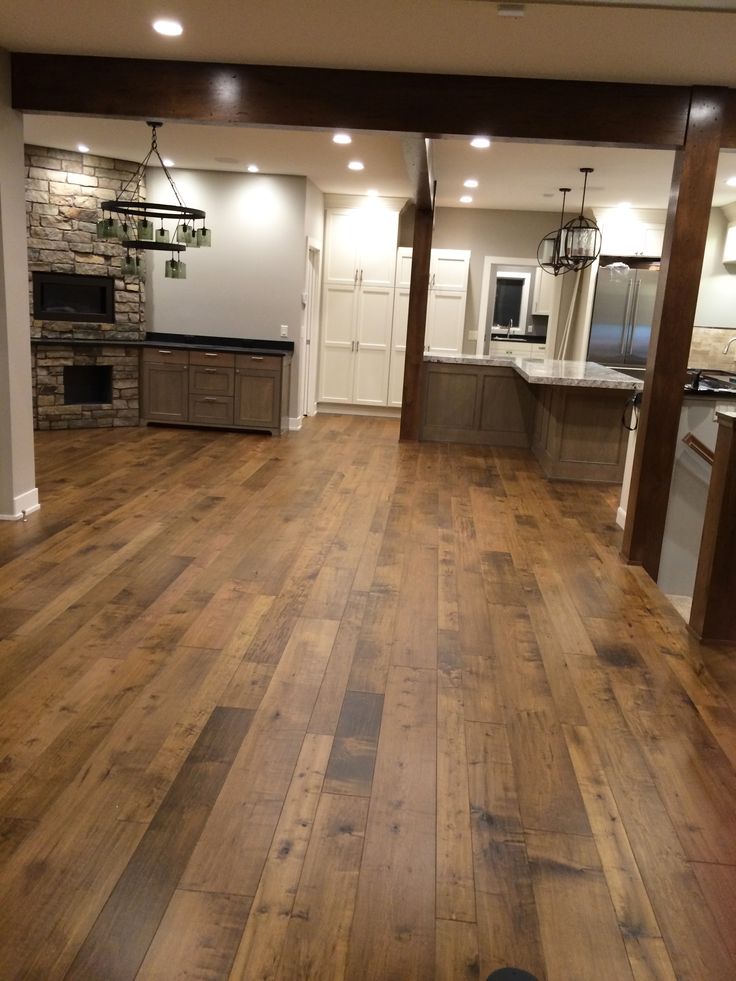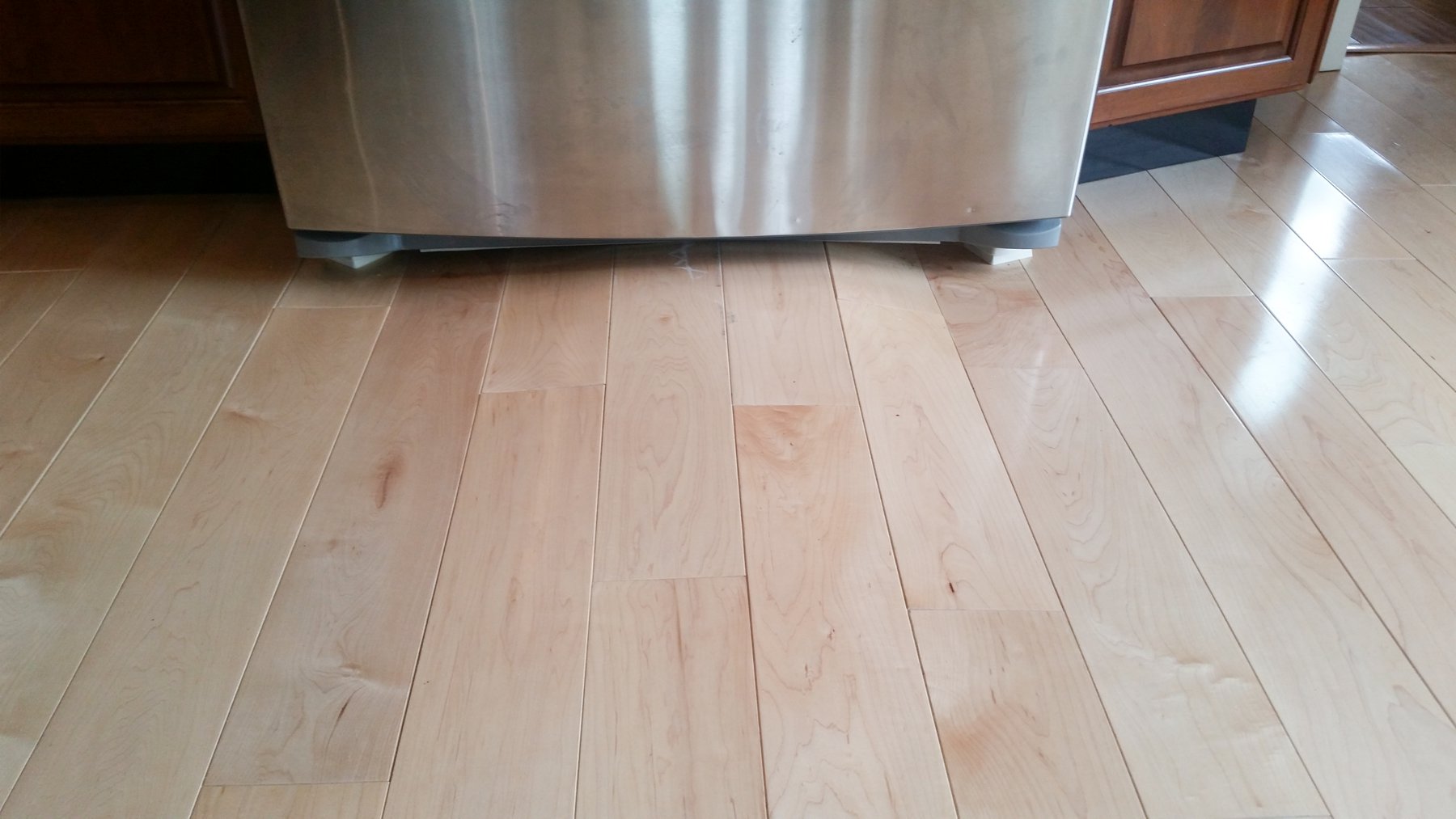A rug or carpet is a textile flooring typically comprising an upper coating of pile mounted on a support. The pile was customarily created from wool, but, because the 20th century, man made materials such as polypropylene, nylon or polyester tend to be used, as these fibres are less costly than wool. The pile usually involves twisted tufts which are usually heat-treated to keep up their structure. The word "carpet" is often used interchangeably with the word "rug", although the word "carpet" can be employed to a flooring that covers a whole house, whereas a "rug" is normally no bigger when compared to a one room, and usually will not even span in one wall to some other, and is normally not even fastened within the floor.
 Carpets are being used for a number of purposes, including insulating someone's foot from a frigid tile or concrete floor, making an area convenient as a destination to sit on the ground (e.g., when using children or as a prayer rug), lowering audio from walking (specifically in apartment complexes) and adding beautification or color to an area. Carpets can be produced in any coloring by using in different ways dyed fibres. Carpets can have many types of habits and motifs used to enhance the surface. Within the 2000s, carpets are being used in professional and commercial organizations such as shops and hotels and in private homes. Within the 2010s, an enormous range of floor coverings can be found at many price and quality levels, which range from inexpensive, fabricated carpets that are mass-produced in factories and found in commercial structures to costly hand-knotted wool rugs which are being used in private homes of prosperous families.
Carpets are being used for a number of purposes, including insulating someone's foot from a frigid tile or concrete floor, making an area convenient as a destination to sit on the ground (e.g., when using children or as a prayer rug), lowering audio from walking (specifically in apartment complexes) and adding beautification or color to an area. Carpets can be produced in any coloring by using in different ways dyed fibres. Carpets can have many types of habits and motifs used to enhance the surface. Within the 2000s, carpets are being used in professional and commercial organizations such as shops and hotels and in private homes. Within the 2010s, an enormous range of floor coverings can be found at many price and quality levels, which range from inexpensive, fabricated carpets that are mass-produced in factories and found in commercial structures to costly hand-knotted wool rugs which are being used in private homes of prosperous families.Classic Wood Floors WoodFloorDoctor.com

Carpets can be produced over a loom quite very much like woven cloth, made using needle felts, knotted yourself (in oriental rugs), made out of their pile injected into a support materials (called tufting), flatwoven, created by hooking wool or egyptian cotton through the meshes of any durable textile or embroidered. Carpet is often manufactured in widths of 12 toes (3.7m) and 15 foot (4.6m) in america, 4m and 5m in European countries. Because the 20th hundred years, where essential for wall-to-wall carpet, different widths of carpet can be seamed as well as a seaming flat iron and seam tape (previously it was sewn along) and set to a floor more than a padded underlay (pad) using fingernails or toenails, tack pieces (known in the united kingdom as gripper rods), adhesives, or once in a while decorative steel stair rods. Wall-to-wall carpet is recognized from rugs or mats, that happen to be loose-laid floor coverings, as wall-to-wall carpet is set to the ground and addresses a much bigger area.The GoodWeave labelling system used throughout European countries and THE UNITED STATES ensures that child labour is not used: importers purchase labels, and the earnings collected is employed to keep an eye on centres of development and educate recently exploited children.
The assumption is that the term "carpet" got into into British (British: carpet) in the 13th hundred years (through Medieval Latin carpita, signifying "thick woolen cloth") because of the trade in rugs through the port towns of the Armenian kingdom of Cilicia. THE WEB Etymology Dictionary expresses that the word "carpet" was initially used in British in the past due 13th hundred years, with this is "coarse cloth", and by the middle-14th hundred years, "tablecloth, or bedspread". This is of the word "carpet" shifted in the 15th hundred years to make reference to floor coverings. The word carpet originates from Old People from france carpite. The assumption is that the term "carpet" moved into into France (France: carpette) in the 13th hundred years (through Medieval Latin carpita, signifying "thick woolen cloth") because of the trade in rugs through the port towns of the Armenian kingdom of Cilicia. One derivation of the word state governments that the French term originated from the Old Italian carpita, from the verb "carpire" signifying to pluck. THE WEB Etymology Dictionary says that the word comes "...from Old France carpite "heavy adorned towel, carpet," from Medieval Latin or Old Italian carpita "thick woolen towel," probably from Latin carpere "to cards, pluck," probably so called since it was created from unraveled, shred[d]ed, "plucked" fabric".The word "carpet" is often used interchangeably with the word "rug". Some options define a carpet as stretching out from wall structure to wall structure. Another definition snacks rugs by lower quality or of smaller size, with carpets frequently having completed ends. Another common description is a carpet is forever fixed set up while a rug is merely laid out on to the floor. Historically, the word "carpet" was also put on table and wall membrane coverings, as carpets weren't commonly applied to the ground in Western european interiors before 15th century.
What are the most common floor finishes? Hardwood Distributors
Modern carpeting and set up
Carpet is often manufactured in widths of 12 toes (3.7m) and 15 toes (4.6m) in america, 4m and 5m in European countries. Where necessary different widths can be seamed as well as a seaming flat iron and seam tape (previously it was sewn along) which is set to a floor over the padded underlay (pad) using toenails, tack whitening strips (known in the united kingdom as gripper rods), adhesives, or once in a while decorative steel stair rods, thus distinguishing it from carpets or mats, that are loose-laid floor coverings. For environmental reasons, the utilization of wool, natural bindings, natural cushioning, and formaldehyde-free glues is now more prevalent. These options are nearly always at reduced cost.Repairing water damaged hardwood floors Mr. Floor Chicago

In the united kingdom, some carpets remain made for yachts, hotels, pubs and golf clubs in a slim width of 27 inches wide (0.69m) and then sewn to size. Carpeting which addresses a whole room area is loosely known as 'wall-to-wall', but carpet can be installed over any section thereof with use of appropriate move moldings where in fact the carpet meets other styles of floor coverings. Carpeting is more than simply a sole item; it is, in simple fact, something comprising the carpet itself, the carpet support (often manufactured from latex), the padding underlay, and a way of assembly. Carpet tiles are also available, typically 50 centimetres (20 in) square. They are usually only found in commercial options and are affixed by using a special pressure-sensitive glue, which supports them into place while allowing easy removal (within an work place, for example) or even to allow rearrangement to be able to disperse wear.
Mannington Hand Crafted Rustics Hardwood engineered wood flooring
"Carpet binding" is a term used for just about any material being put on the edge of your carpet to produce a rug. Carpet binding is usually cotton or nylon, but can be purchased in a great many other materials such as leather. Non-synthetic binding is generally used in combination with bamboo, turf and wool carpets, but is often used in combination with carpet created from other materials.
source :
www.trabahomes.com
Share This :

comment 0 Comments
more_vert